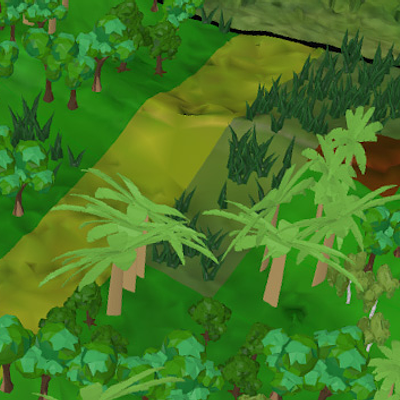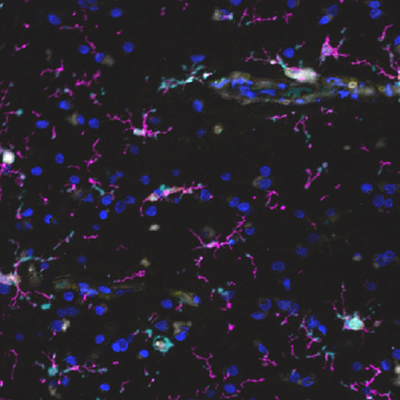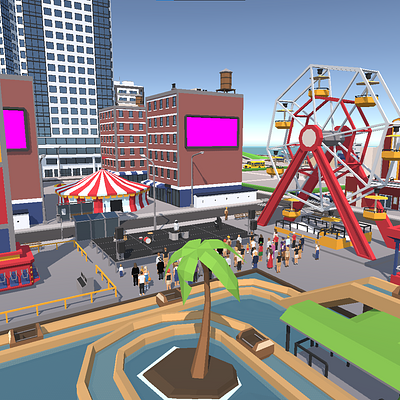2022
Journal of Mathematics and the Arts,
2022
In Proceedings of Eurographics Workshop on Graphics and Cultural Heritage,
2022
In Proceedings of GCH,
2022
In Proceedings of CoG,
2022
In Proceedings of CVPR,
2022
ACM Transactions on Graphics,
2022
Journal of Vision,
2022
In Proceedings of Robotics: Science and Systems,
2022
In Proceedings of PacificVis,
2022
ACM Comput Graph Interact Tech,
2022
In Proceedings of ISAGA,
2022
In Proceedings of FDG,
2022
In Proceedings of AAAI,
2022


















![Spatially variable weight manipulation by inputting different heatmaps. (Input image: Knots [4])](https://publications.graphics.tudelft.nl/rails/active_storage/representations/redirect/eyJfcmFpbHMiOnsibWVzc2FnZSI6IkJBaHBBb3dCIiwiZXhwIjpudWxsLCJwdXIiOiJibG9iX2lkIn19--8f98659b2112c3667b945d72cee5a23824945ad1/eyJfcmFpbHMiOnsibWVzc2FnZSI6IkJBaDdCem9MWm05eWJXRjBTU0lJY0c1bkJqb0dSVlE2RTNKbGMybDZaVjkwYjE5bWFXeHNXd2RwQXBBQmFRS1FBUT09IiwiZXhwIjpudWxsLCJwdXIiOiJ2YXJpYXRpb24ifX0=--8786188a9503cffd21c59bbcd5519930c73c621f/teaser.png)
